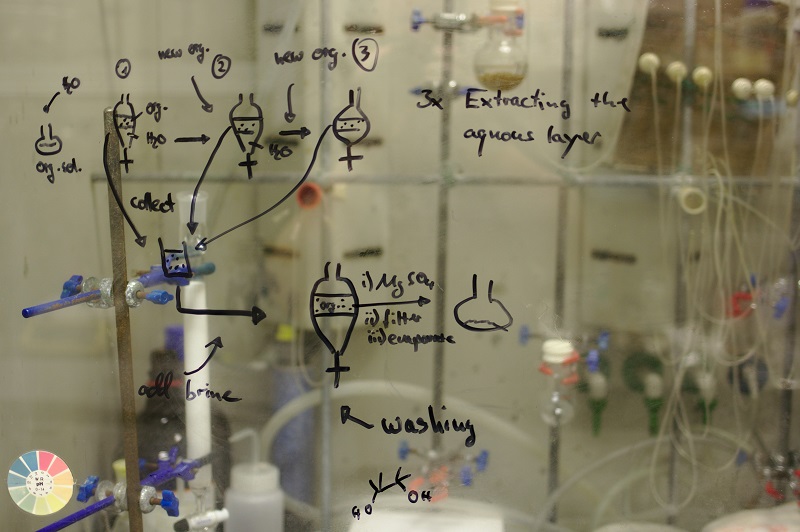In the fierce battle against COVID-19, lipid nanoparticles (LNP) have played an important role and attracted great attention. Nature reported on February 22 that in addition to being used to develop a new crown vaccine, LNP can also be used to treat diseases such as cancer, but scientists still face the challenges of reducing its toxicity and delivering it to suitable organs in the human body.
LNPs deliver small molecules into the body, and the most famous “cargo” it delivers is messenger ribonucleic acid (mRNA), a key component of some COVID-19 vaccines. Once inside the human body, LNP enters endosomes through endocytosis and is released into the cytoplasm.
Barbara May, a senior scientist at Acuitas, which develops LNP for the mRNA new crown vaccine developed by Pfizer, said that the new crown epidemic has accelerated people’s awareness, attention and acceptance of LNP. Next, scientists may develop LNP-mRNA vaccines against other infectious diseases. Such as AIDS or malaria, or non-communicable diseases. Such as cancer. Moreover, the carrying potential of LNP is not limited to mRNA. It can carry different types of carriers. And will show its talents in multiple therapeutic fields.
The most exciting direction in the LNP field right now is gene editing.
LNP can carry gene editing mechanisms, such as Cas9 mRNA or guide RNA, into cells, which enables LNP to be used as a gene therapy delivery system. Currently, there is a candidate LNP-based CRISPR-Cas9 therapy in clinical trials that targets the PCSK9 gene in the liver for the treatment of familial hypercholesterolemia. Other gene therapies include the use of LNP to manipulate the CFTR gene in cystic fibrosis patients, or to treat rare genetic diseases.
Another potential application of LNP is immunotherapy. Genetic modification of lymphocytes such as T cells or natural killer (NK) cells using chimeric antibody receptors (CARs) has proven useful against blood cancers. The process typically involves taking lymphocytes from a patient’s blood, editing them to express the CAR, and then reinfusing them back into the patient’s blood. But LNP allows CAR mRNA to be shuttled to target lymphocytes, thereby expressing the desired CAR in vivo. In vivo studies, published in the journal Science, demonstrate that this process works on mouse T cells.
ProMab Biotech presented preliminary data at the CAR-TCR Summit in September 2022. Involving LNPs directing CAR mRNA to NK cells, which then kill target cells. According to the researchers, RNA LNP is an exciting new technology for the delivery of CARs and bispecific antibodies against cancer.
LNP can also deliver small interfering RNA (siRNA). For example, patisiran, the first siRNA drug approved by the FDA. Uses LNPs to deliver siRNA targeting a gene product called transthyretin, which treats a type of amyloidosis by inhibiting the production of the protein transthyretin.
More about Lipid Nanoparticles
However, the scientists point out that they still need to do a lot of research to make LNP the best carrier. One of the main challenges is that compared with vaccine development. LNP requires higher doses when used in gene therapy and other conventional therapies. High doses of LNP can trigger toxic responses in cells. So reducing the toxicity of LNP has become a top priority.
There are different approaches to reduce the toxicity of LNP therapy. One is by studying how lipids affect toxicity. Dan Peel, director of the Nanomedicine Laboratory at Tel Aviv University in Israel, has been developing a series of new lipids that are more biodegradable and less immunogenic. He believes that lipids that are less immunogenic will be more effective for treatment.
It will also help the LNP to deliver the “goods” more efficiently. One obstacle currently affecting the efficiency of LNP delivery is that when LNPs are taken up by cells and not fully released to their targets. They tend to become trapped in the cell’s endosomes. Catherine Whitehead, a professor at Carnegie Mellon University in the United States. Believes that improving the escape ability of endosomes is crucial for future generations of LNP. The stronger the escape ability, the lower the dose of LNP used, which can greatly reduce toxic side effects.
Another hurdle to LNP’s potential is getting it to reach different parts of the body. LNP generally metastasizes to the liver, but for applications such as targeted gene therapy. It is necessary to direct it to other organs such as the lungs, kidneys or brain.
Preventing LNPs from accumulating in the liver also requires directing them to specific locations. Such as the brain, where they need to cross the blood-brain barrier, the researchers said.
Conclusion
Different teams are currently trying different approaches, but there is no clear answer yet. Some groups are investigating how lipids in LNPs affect their targeting to different organs. Others are exploring adding targeting ligands to the surface of LNPs to help them bind to specific cells.
The researchers noted that if LNP could made to bypass the liver and enter other organs such as the lungs or spleen. This would significantly increase its therapeutic potential.
An obstacle to the widespread use of LNP-mRNA COVID-19 vaccines is the need to store them at extremely low temperatures, whereas heat-stable LNPs are stable at room temperature. Heat-resistant formulations are critical to changing the landscape for mRNA vaccines and therapeutics.
Source from Creative Biostructure
Creative Biostructure is specialized in providing cost-effective contract services to both academia and biotech/pharmaceutical industries in the field of structural biology and membrane protein technologies.
We have developed all-in-one, gene-to-structure pipelines for the structure determination of macromolecules of your interest. With a team of experienced professionals, Creative Biostructure is able to solve the structure of many challenging proteins including GPCRs, ion channels, transporters, enzymes and viral targets. We also provide a comprehensive list of products and other related services to facilitate your research in structural biology.
Creative Biostructure has also built up a unique and comprehensive Membrane Protein Screening Platform. Aiming at elucidating the fundamentals of membrane protein systems, we provide gene-to-structure services on the purification, crystallization, structure determination and analysis of various membrane proteins.
With our state-of-the-art platforms, we are offering our customers access to the latest tools, techniques and expertise for their structural biology projects with competitive pricing and short turnaround time. Our staff will be very glad to discuss the details of your project and develop experimental strategies tailored to your requirements.




